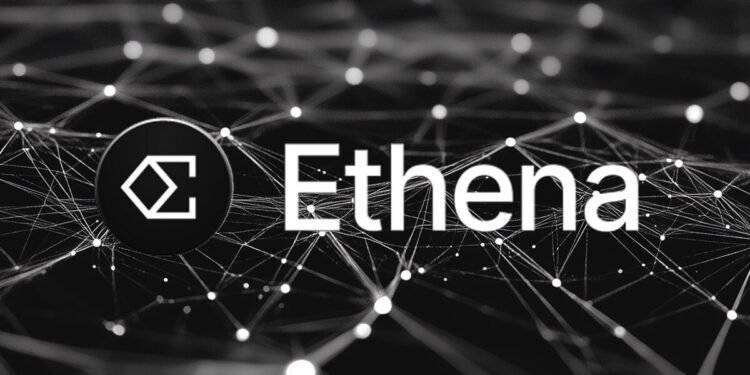Wintermute Advocates Fee Switch to Improve ENA Token Revenue Distribution in Ethena Protocol
The Ethena community is currently evaluating a proposal suggested by Wintermute, a crypto market maker, to introduce a fee switch mechanism in the protocol. This proposal aims to bring clarity to the distribution of revenue related to the ENA token and raises pertinent queries regarding the advantages for token holders.
Overview of the Proposal
Wintermute’s proposal, issued on November 6, highlights the absence of a clear strategy regarding how earnings from Ethena benefit ENA token holders. The market maker emphasizes the necessity of a transparent framework to determine if ENA holders are entitled to a share of the protocol’s revenues and if such provisions are in place. Wintermute also draws attention to the substantial revenue generated by the Ethena Protocol, particularly its synthetic dollar stablecoin, USDe, with a market capitalization exceeding $2.8 billion.
“Given these achievements, it is crucial to enable sENA token holders to partake in the growth and earnings of the protocol,” expressed a Wintermute spokesperson.
Market Context
With the continual evolution of the crypto sector, the clarity surrounding tokenomics and revenue distribution has become increasingly crucial. Wintermute’s proposal emerges at a time when various projects face challenges in ensuring transparency in revenue allocation, particularly regarding potential conflicts arising from dual-class equity structures that may favor equity holders over token holders. By tackling these issues, Wintermute aims to align the interests of all participants within the Ethena ecosystem.
Impact Analysis
The implications of Wintermute’s proposal are significant for the Ethena community. By proposing a fee adjustment that directs a portion of the protocol’s revenue to sENA token holders, Ethena could establish a more enticing environment for current and future investors. Moreover, by setting measurable benchmarks for revenue distribution, such as evaluating USDe’s circulating supply and its performance relative to market yields, the protocol’s operational transparency would be enhanced.
Wintermute’s proposal also stresses the importance of revisiting Ethena’s existing revenue distribution model to address potential conflicts stemming from current structures. Community consensus will be essential to endorse these changes, underscoring the democratic decision-making approach in decentralized protocols.
Conclusion
Wintermute’s proposal offers a vital opportunity for the Ethena community to improve the economic prospects of the ENA token. By establishing a refined framework for revenue distribution, the proposal not only aims to benefit token holders but also intends to cultivate increased trust and investment in the Ethena Protocol. As the community gears up for a vote on this momentous proposal, the ensuing discussions are likely to shape the future strategies of stakeholder engagement and revenue sharing within Ethena.








